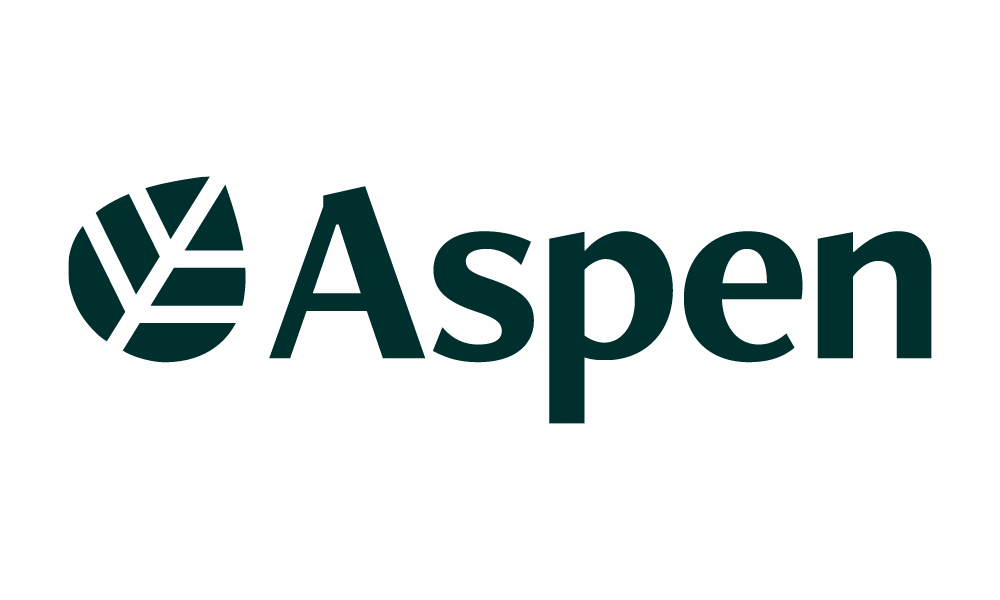Aspen lifts upper-target for Kendall Re to $300m, but price guidance rises

In a further sign that catastrophe bond pricing could be at or approaching the bottom, for now at least, while Aspen has significantly increased the target size for its new Kendall Re Ltd. (Series 2024-1) transaction to as much as $300 million, the pricing for both tranches of notes has risen relatively significantly as well.
Initially, when Aspen Insurance Holdings returned to the catastrophe bond market with its latest international multi-peril and industry-loss trigger based catastrophe bond, the Kendall Re 2024-1 issuance was targeting just $150 million of coverage for the company.
Now, Artemis has learned that the target has been lifted significantly, with the notes structured to allow for a size between $225 million and as much as $375 million of retrocessional reinsurance, but we’re told the maximum size now sought by Aspen is $300 million, so still a doubling of the initial target is now possible.
However, we’re also told the pricing guidance has been raised significantly, with investors responding to the US wind exposure and demanding a higher spread for the coverage, which it appears (given the appetite to upsize the issuance) Aspen is still willing to pay.
The now increased target for protection will provide three years of retro reinsurance to Aspen’s Bermuda unit, as well as its Lloyd’s syndicate 4711, UK company and two US underwriting units, for losses from US named storms, including Puerto Rico, the US Virgin Islands and DC, as well as US and Canada earthquake, plus European windstorms on a weighted (state/county/Cresta) industry loss and annual aggregate basis, with a franchise deductible of $30 million to take into account per-event.
What was a $75 million tranche of Class A notes are now targeted to be between $150 million and $225 million in size, we are told.
The Class A notes come with an initial expected loss of 1.04% and were initially offered with price guidance in a range from 4.5% to 5.25%, but we’re told that range has been increased to now between 5.75% and 6.5%.
What was a $75 million Class B tranche of notes are riskier with an initial expected loss of 2.54% and were first offered with price guidance in a range from 6% to 6.75%, but that has also been elevated to a new range of 7.75% to 8.5%, we understand.
These are unusual price increases during the marketing of a cat bond, perhaps the largest seen in a year or more, we believe. We are told by sources (although cannot confirm) that this is at least in part in response to the US wind concentration within the exposure of the cat bond, being more significant than Aspen’s last Kendall Re cat bond.
To allow for a comparison, the Class A notes from the Kendall Re 2021-1 cat bond had an initial expected loss of 1.61% and priced for a spread of 4%, while the Class B notes had an initial expected loss of 3.32% and priced for a spread of 6.25%.
The fact pricing has moved up so much but Aspen is still looking to upsize this cat bond is perhaps a signal that the initial guidance was overly optimistic and that the re/insurer is cognisant that these are reasonable increases, when risk-adjusted, we assume.
You can read all about Aspen’s new Kendall Re Ltd. (Series 2024-1) catastrophe bond and every other cat bond issued in the Artemis Deal Directory.





